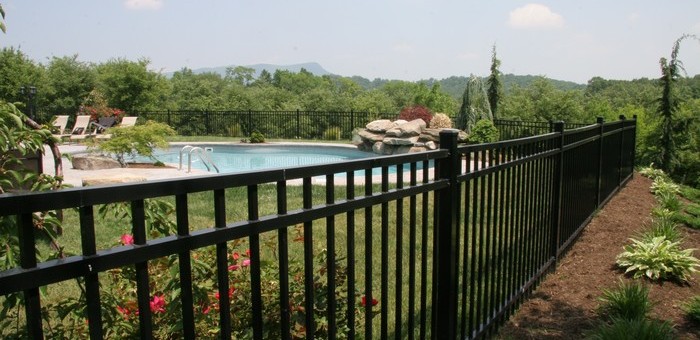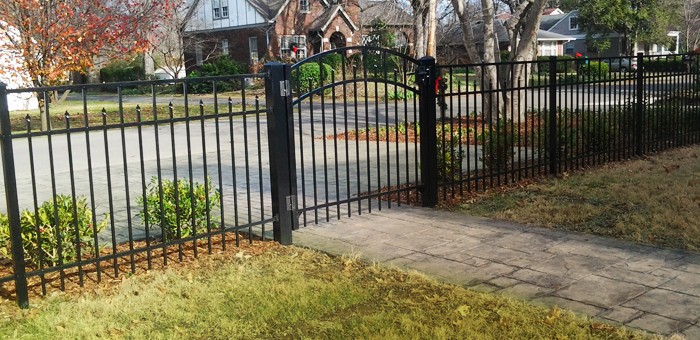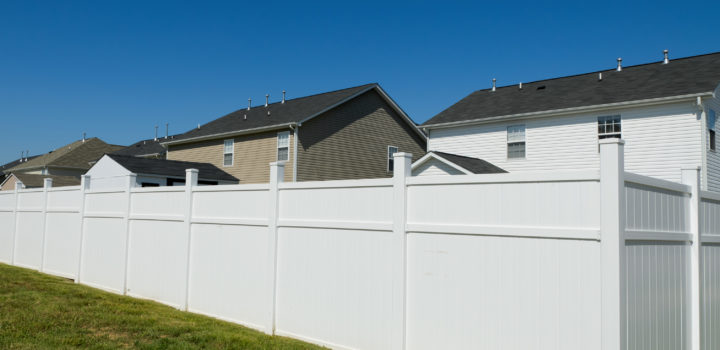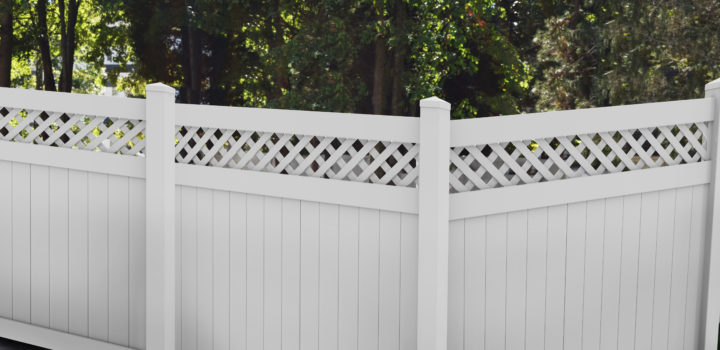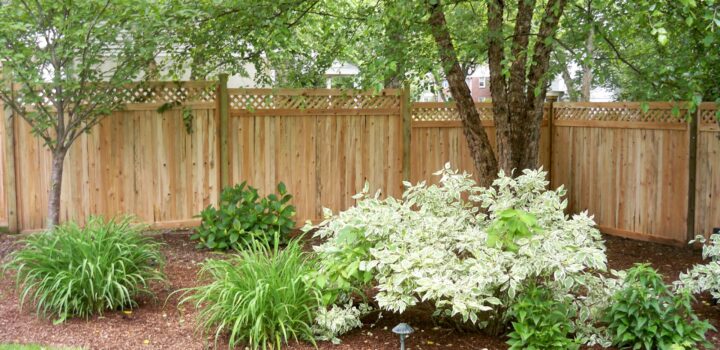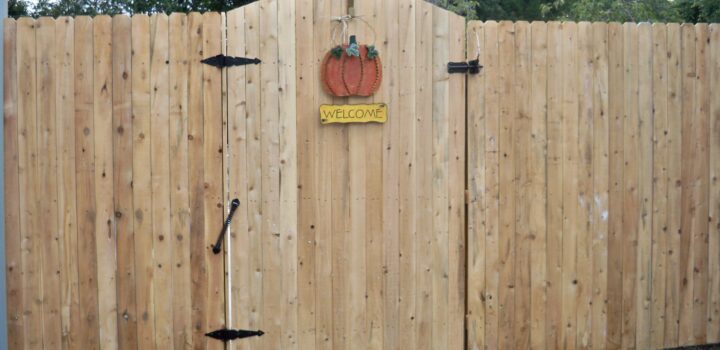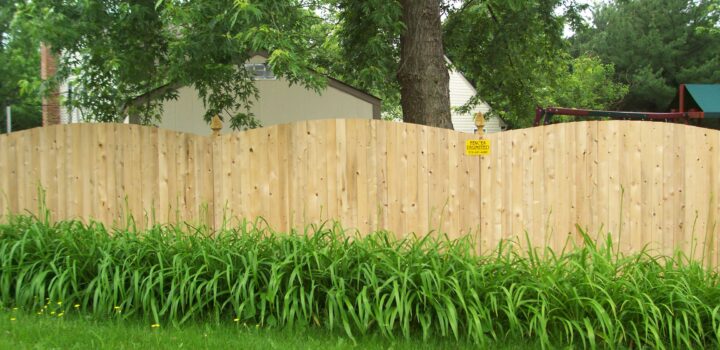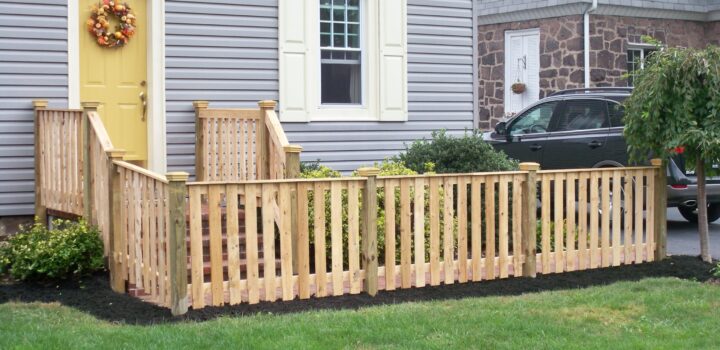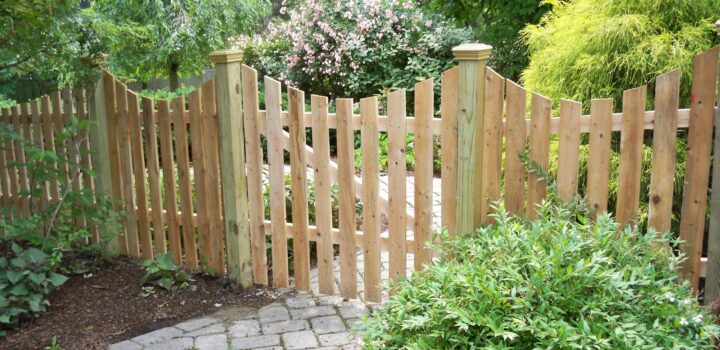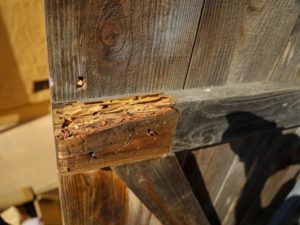
With the fall in full swing, leaves and the temperature have started falling around your home. Pennsylvania might be known for its lush wooded areas and natural beauty. Still, experienced fence contractors in Montgomery County also understand that this beautiful fall foliage also brings with it a group of uninvited guests — insects.
While insects represent a crucial part of the natural landscape and ecosystem, that doesn’t mean their continued presence eating your fence is a welcome one. Wood-boring pests can be especially dangerous during the fall because the holes they dig leave your fence exposed to the wind and rain of hurricane season, which can eventually lead to rot and expensive repairs. If you’re noticing a bunch of tiny holes in your wooden fence, here are three pests that are likely to blame.
Termites
When people start thinking about the different types of insects associated with wood, termites jump to the top of the list. Termites are the most famous wood-loving insect, and they love warm and humid areas – meaning that Pennsylvania at the end of summer is the perfect place for them to lay eggs.
They can form large colonies where they lay their eggs and make a long-term home for themselves, usually at the cost of your fence. This insect burrows tunnels as they chew through wood and make their colonies within the wood’s cellulose. Termites have a straight body, and most people describe them as looking like “white ants.” The average termite colony can eat up to 13 pounds of wood per year!
Carpenter Ants
While termites are known for their love of eating wood, carpenter ants lack the appetite of termites but can deal as much damage to your wood. What they lack in appetite, carpenter ants make up for in the size of the nests they build within your wooden fence.
Carpenter ants have a body about half an inch long and can often be seen at night when they forage for food. At first glance, they have a similar appearance to termites, but you can tell the difference based on their color scheme. Carpenter ants come in a range of colors, including:
- Red
- Black
- Brown
- And occasionally yellow
They usually invade wood that’s already been damaged by rot. You can often tell that you have an infestation based on if there are piles of wood shavings near a wooden fence post. Usually, an infestation of carpenter ants requires fencing companies in Philadelphia to replace the section of the fence that has been infested with a new panel or panels based on your needs.
Wood-Boring Beetles
Homeowners have to deal with a number of species of wood-boring beetles that want to make a home inside their fence. The variety of insect species include powderpost beetles, deathwatch beetles, and old house borers. While a wide range of beetle species want to make a home in your fence, distinguishing between them can prove challenging.
These different species of beetles live off wood and can usually be distinguished by the small hole in the wood that they leave behind when they dig into your fence. Beetles can be particularly dangerous because their holes are small, yet the eggs they lay inside the wood fences will feed off the structure for months to come.
How Do I Fix an Infestation?
The first step towards addressing a wood-eating insect infestation revolves around a singular fact — knowing you have one. Homeowners need to be vigilant about their fence’s health and ensure that you take action if you see the telltale signs of an infestation.
Keep a lookout for holes in your fence – catching an insect problem earlier can lead to a quicker and less expensive fix than putting it off until later down the line. If you have any questions about fencing, or if you’re looking to install or renovate a fence, contact the Greenhill Fencing team and schedule your next appointment with our expert fence installers today!

